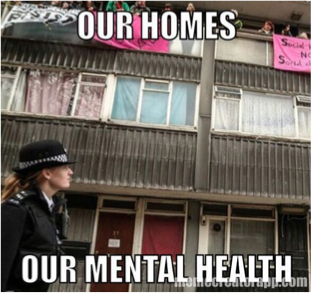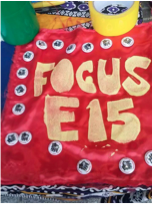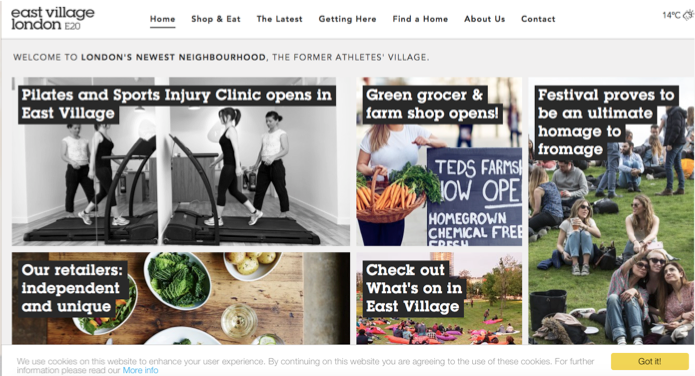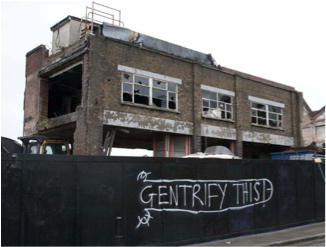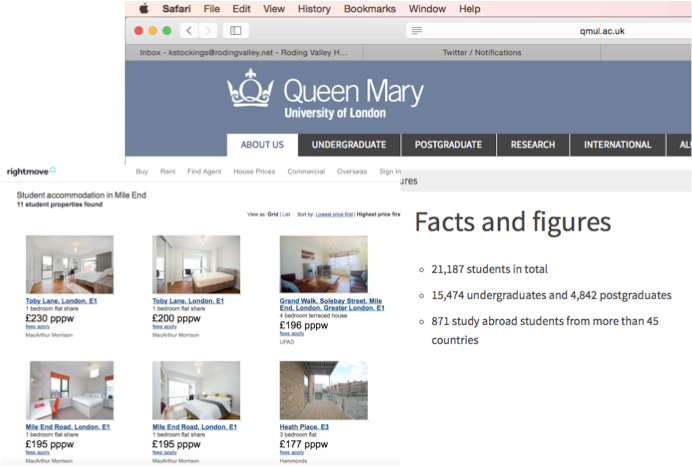Stratford Olympic Park
Stratford
The Olympic Park was a Brownfield site having suffered from Deindustrialisation.
When the Olympics were hosted here, it caused Regeneration of the area.
This is partly due to Gentrification of the East Village as city workers move in.
Olympics
The London 2012 Olympic Legacy was a plan to make sure that the 2012 Olympic and Paralympic Games had Long Term Benefits.
This legacy was to cover 4 main areas:
- Economic – supporting new jobs and skills, encouraging trade, inward investment and tourism
- Sports – continuing elite success, development of more sports facilities and encouraging participation in schools sports and wider
- Social and volunteering – inspiring others to volunteer and encouraging social change
- Regeneration – reuse of venues, new homes, and improved transportation
The key is urban regeneration. Urban Regeneration is the improvement of the buildings and infrastructure of an area.
Tower Hamlets were in dire need of regeneration as they had:
- A lot of abandoned old industrial sites
- Low achievement at school in terms of GCSE points score
- Industrial wastelands
- Higher than average unemployment than the rest of London
- Higher deprivation and poverty for the people that lived there
- Lower household incomes then the London average
Impacts
Socially
- The athletes’ village has been relaunched as a housing estate. Almost half of these 2,818 new homes (40%) are affordable.
- The Olympics has helped schools in the area – there was a shortage of spaces but a new school opened in the grounds of the park.
- The aquatics centre now uses its 50m pools as facilities for the community and schools, as well as elite athletes.
- Unemployment OVERALL fell across London during the Olympic period
Negatives:
- Anne Power at the London School of Economics said “The ‘affordable rents’ for the 2,800 new homes will be unaffordable to Newham’s poorest households.
- During the construction of the Olympics, very few jobs were created for local people. There are still high levels of unemployment in the borough and it was a missed opportunity to train people up for work.
- Many people in the boroughs surrounding the Olympic Park remain in poverty
- Properties for poorer people had to be demolished to make way for the site, 450 Housing Association flats were torn down for example.
Economic
- Stratford is now second only to King’s Cross as the most connected part of London.
- The Olympics brought more than £9bn of investment to east London, much of which went into transport.
- ALL of the Olympic venues have been sold.
Negatives:
- The Olympic stadium is estimated to have cost £701 million pounds, almost 3 times the original estimate
- £8.77 billion of tax payer’s money
- Existing businesses had to move, including H. Forman and Sons, a salmon-smoking factory with 50 employees
- Rents and property prices have gone up
Environmentally
Positives:
- Many of the grounds in the Olympic Park have been kept as parkland and are open to the public for use. New green spaces and wildlife habitats were created, including ponds and woodlands.
- The stadiums were made of 25% recycled materials
- The River Lea that runs through the Olympic Park was improved as has the quality of its water. Green areas were placed along the banks of the river.
- The Olympic Site was built largely on 560 acres of brownfield land
- Researchers helped choose sustainable & biodiverse vegetation suited to an urban environment, including 4,000 trees.
Negatives:
- Much wildlife had to be relocated; 4,000 smooth newts, 100 toads and 300 common lizards as well as fish including pikes and eels were moved by the Olympic Delivery Authority.
- Many of the materials for the stadiums and the Olympic Park came from overseas
- The games produced 3.3 million tons of CO2
E15Campaign
How does this opinion frame the Olympics?
East Village London
Compare this to E15.
Regeneration
Gentrification is the process by which older (often run down) parts of the city, often close to the city centre, become culturally desirable, so wealthier people move in and change the area.
The gentrification applies to areas around the Olympic Park.
In particular, Hackney Wick.
Some of the park was invested by TNCS. An Australian TNC Invested with the building of the shopping centre. Lendlease are a TNC helping to build the International Quarter.
Regeneration Outside of Stratford
Studentification is the gradual change (social and environmental) of an area of a the city by the arrival of increasing numbers of students and the conversion of older, often 19th century, houses into student flats by subdividing large properties.
Universities bring employment and student spending which regenerates pubs, shops and buy to let properties.
The rural-urban fringe (areas outside of the inner city, close to rural areas) have experienced regeneration too. For example “London Square Chigwell Village is a gated oasis of forty three homes, set in and around stunning landscaped gardens, creating a spacious and beautiful environment.’’
London Square’s reputation for developing award-winning homes in some of London’s most desirable locations is exemplified in Chigwell Village, perfectly located in the heart of Chigwell itself. Prices from £1,095,000.
- Describe the change in the environment after the Olympics using specific examples.
- Your answer should include: Trees / Parks / Buildings / Industrial / Wastelands
